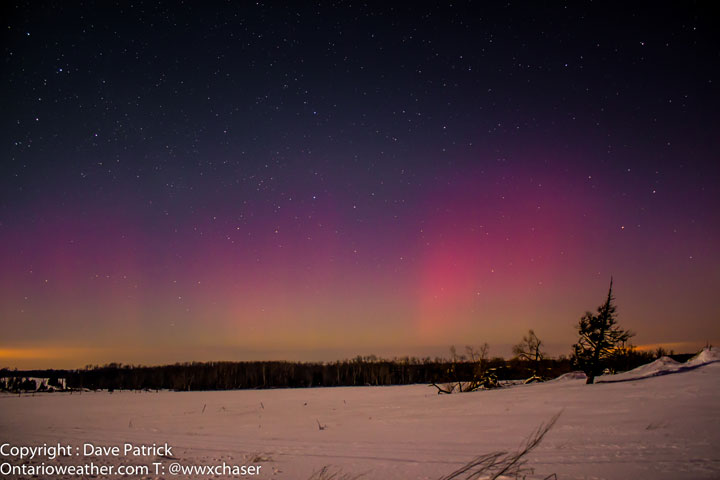TORONTO – The sun may give Canadians an April Fools’ Day treat — some northern lights.

Though the sun has been relatively inactive during its solar maximum — an event that is on an 11-year cycle — it continues to provide opportunities for nighttime light shows across high latitudes, including Canada.
Most recently the sun released an X1 solar flare on March 29. Solar flares are powerful eruptions from the sun. Their strength is measured by the amount of x-rays they emit, classified in strength from C, M, to the strongest, X. They can arrive within minutes.
But the sun released three coronal mass ejections (CME) over recent days and they are expected to give Earth a glancing blow on April 1 to 2.
CME release billions of tons of plasma and particles that travel millions of kilometres per hour. Once these particles arrive at Earth, they interact with our magnetic field creating beautiful lights that seem to dance across the sky.
Geomagnetic activity is measured on something called a Kp Index. The Space Weather Prediction Center in the United States, part of the National Oceanic and Atmospheric Administration, measures the geomagnetic activity on a three-hour interval. The index ranges from 1 to 9 (it can be higher, actually, but that is rare).
Canada is lucky enough to be in a prime location, with most of the country considered to be in high latitudes, a good location for catching auroras. That means that even if the Kp Index is relatively low, say around 4 or 5, most of Canada will likely see some sort of aurora (southern Ontario, with its light pollution and southerly location is one of the more challenging spots to see them, however).
Though the blow is only going to be glancing rather than straight on, there’s still a good chance. Check here on April 1 to see if the Kp Index rises to about 5 or more and you’ll have a good chance of spotting them should you not be clouded out.




Comments